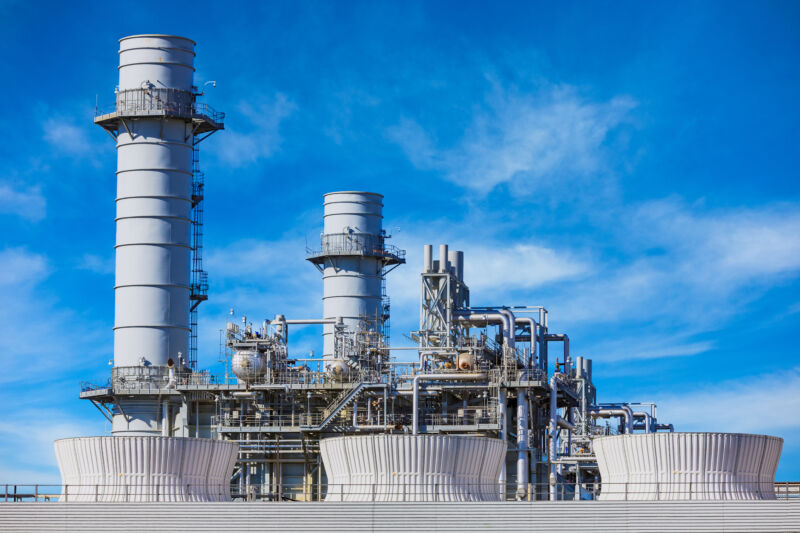
Today, the Biden administration formally announced its planned rules for limiting carbon emissions from the electrical grid. The rules will largely take effect in the 2030s and apply to gas- and coal-fired generating plants. Should the new plan go into effect, the operators of those plants will either need to capture carbon or replace a large fraction of their fuel with hydrogen. The rules will likely hasten coal's disappearance from the US grid and start pushing natural gas turbines to a supplemental source of power.
Whether they go into effect will largely depend on legal maneuvering and the results of future elections. But first, the rules themselves.
Clearing the air
In 2007, the US Supreme Court ruled that the Clean Air Act applied to greenhouse gas emissions. This allows the EPA to set state-level standards to limit the release of greenhouse gasses, with the states given some leeway on how they reach those standards. Since then, the court has clarified that these standards must be met on a per-plant basis rather than at the grid level; the EPA can't set rules that assume that the grid has more generation from solar and less from coal plants.
The new plan reflects those rulings, creating compliance rules that need to be met by existing coal and natural gas plants. It also sets targets for any new natural gas plants brought into service but skips rules for new coal plants because there is no indication that anybody will ever want to build one. (And these rules make it even less likely that someone will.)
To meet those targets, the EPA assumes two nascent technologies continue to mature: carbon capture and storage, and the production of green hydrogen. (The latter is either produced using renewable energy or produced from fossil fuels with the carbon released in that process captured and sequestered.) Both of those technologies exist at present but have only recently started to move beyond small, demonstration-level projects. The new rules assume that they'll continue to scale up to the point where they can be applied to almost every fossil fuel plant within the US, starting in the early 2030s. Even if you're skeptical that will come to pass, the Clean Air Act simply calls for the "best system of emission reduction," and those two appear to be it.
For combustion turbines, which burn natural gas, the rules recognize three categories. The first is for plants that are only activated during periods of high demand, and so only generate 20 percent of the electricity that they could if they ran around the clock. These will simply be subject to a requirement to burn high-quality natural gas that keeps their carbon emissions below set limits. Intermediate load facilities that are active more regularly can meet the standards by replacing 30 percent of their fuel with green hydrogen by 2032.
The tough standards are reserved for plants that are used heavily, providing baseline power. One option they'll have is capturing 90 percent of their carbon emissions by 2035. Alternatively, they can start by replacing 30 percent of their fuel with green hydrogen in 2032 and transition to 96 percent green hydrogen by 2038.
Coal plants, by contrast, are regulated based on a combination of use and when they plan to go out of service. While regulations will kick in starting in 2030 for these plants, any coal plant that is shutting down by 2032 will be left unregulated. The same is true for plants that shut down by 2035 and will not operate at more than 20 percent of their rated capacity. Those that will shut by 2040 will need to replace 40 percent of their fuel with natural gas to lower their emissions.
Given the typical life span of power plants and the fact that no new coal plants have been built in over a decade, that will likely cover the majority of coal plants in the US. The few that could operate in 2040 and beyond will have to capture 90 percent of their carbon dioxide emissions.
Reader Comments (129)
View comments on forumLoading comments...